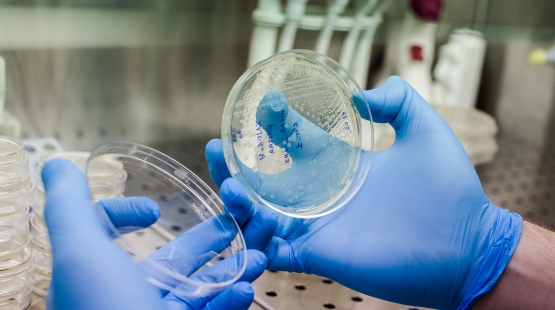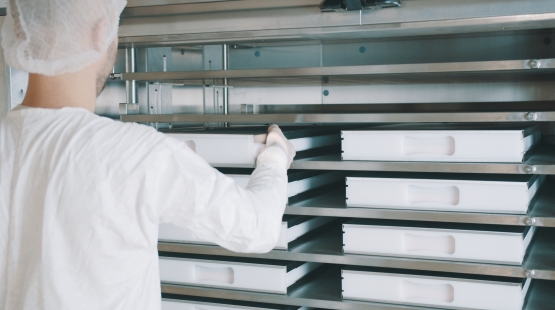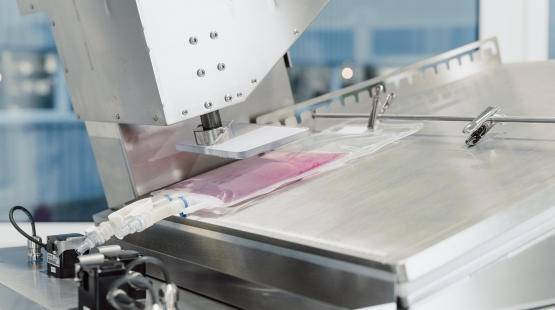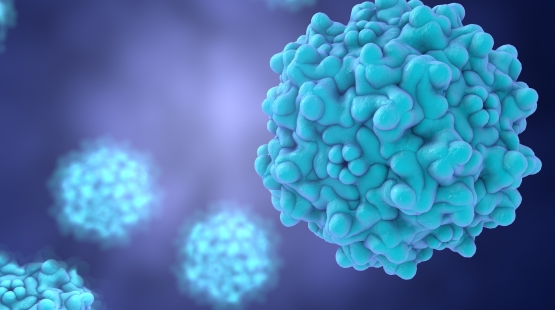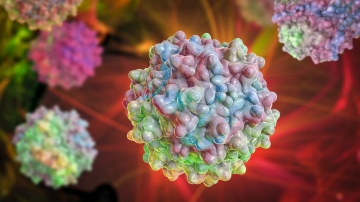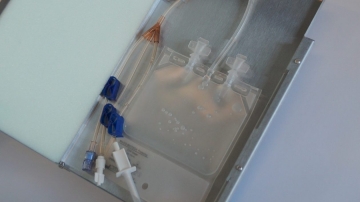Viral vector manufacturing: Production methods & future advances
Table of contents
ShowViral vector manufacturing is one of the most innovative advancements in gene therapy, with the potential to transform medical treatments and improve people’s lives. However, scalability is a significant challenge that slows this field’s progress. Even though the potential of viral vector-based therapies to revolutionize healthcare is unquestionable, the obstacle remains in manufacturing viral vectors at a scale required for widespread use in clinical settings.
This article will focus on various ways to make more viral vectors. Scaling up production is a big issue that affects every part of the process, including the cell lines used to host the virus, cleaning the vectors, and following regulations.
Definition – what is viral vector manufacturing?
Viral vector manufacturing is the process necessary for creating the crucial carriers that transport therapeutic genes. Viral vectors are widely used in fields like gene therapy (alongside non-viral vectors like plasmids as an alternative), making their optimized manufacturing essential in the biopharma industry.
At its core, viral vector manufacturing revolves around selecting suitable producer cell lines (frequently mammalian cells), optimizing the production process, and adhering to strict regulatory standards as well as current Good Manufacturing Practices (cGMP). These steps are vital to guarantee the highest levels of safety and efficacy in the final gene therapy products.
Scalability as major challenge in viral vector production
Scalability is a major challenge in viral vector production. Regardless of what stage of the product’s lifecycle it is at, it impacts the efficiency of production processes and the progress of preclinical research. The ability to seamlessly scale up and scale out the production of viral vectors is critical for meeting the increasing demand for gene therapy and cell therapy products, as well as for conducting rigorous clinical studies.
Traditional methods of viral vector production often face inherent limitations when it comes to scalability. Bringing the production processes from laboratory-scale to large-scale commercial production poses substantial challenges. These challenges can include maintaining product quality, optimizing processes, and ensuring cost-effectiveness. The constraints of traditional methods can impede the timely progression of preclinical studies, delaying advancements in gene therapy.
In recent years, there have been exciting developments in addressing scalability issues in viral vector production. Innovative approaches and technologies have emerged to break down the barriers that have traditionally limited scalability. These advancements are not only enhancing production efficiency, but also fostering high-quality and cost-effective viral vector manufacturing.
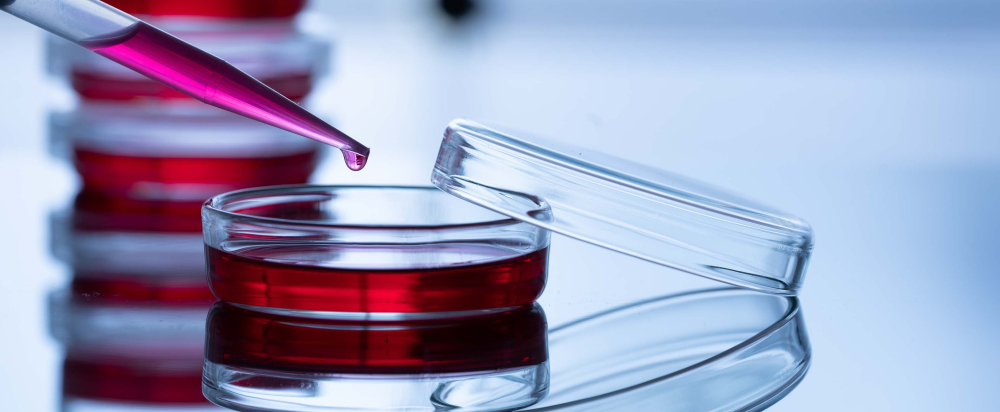
Cell lines in viral vector manufacturing
Host cell lines play a crucial role in manufacturing viral vector, affecting production efficiency and product quality. These cells act as factories where viral vectors are produced, making the selection of the right host cell line a critical decision in the manufacturing process.
Usually, only a few well-established host cell lines have been the preferred option in viral vector manufacturing. One of these is HEK293 (Human Embryonic Kidney 293 cells), known for being easy to grow and producing ample vectors. These cell lines have demonstrated their effectiveness in producing different types of viral vectors, such as adenovirus and lentivirus. But they do have downsides. These traditional cell lines get viral infections easily, need specific culture conditions, and may be hard to scale.
Lately, scientists have started to examine the potential of insect cell lines, such as Sf9 packaging cell lines in AAV production with the help of baculovirus. These novel host cell cultures offer advantages like increased scalability and cost-effectiveness, although further analysis is necessary to validate potential drawbacks of these platforms.1 2
Transfection methods – from transient to stable?
Transfection methods play an important role in viral vector manufacturing, affecting their efficiency and properties. Two main techniques, transient and stable transfection, dictate production strategies.
Transient transfection historically briefly introduces vector genes into host cells, yielding rapid vector production suitable for research. However, it may face challenges at large scales.
In contrast, stable transfection integrates vector genes into the host cell genome, allowing sustained vector production. This method is favored for high-yield, long-term manufacturing, particularly in clinical applications. For instance, lentiviral vectors, prized for their broad cell transduction capabilities, often employ stable transfection of cell culture. Here, researchers often prefer cell cultures grown in suspension, which bring further advances in terms of scalability compared to traditional adherent cell culture. In GMP manufacturing of viral vectors, serum-free culture media is chosen to further enhance the quality profile of viral vectors.
Read more: AAV packaging3
Purification strategies
Purification and characterization strategies are necessary downstream processes to ensure the quality and safety of the final product.
Purification involves the use of techniques such as chromatography and filtration. Chromatography separates different components of the vector based on their size, charge, and affinity, while filtration is employed to remove impurities, thereby enhancing the purity of the viral vector.
Characterization is an essential step in assessing the quality of the viral vector. It includes a wide range of assays and analyses, such as titer analysis and sequencing, to verify the vector's identity and the integrity of its genome. Additionally, in-process testing is carried out to maintain consistent vector quality at various stages of production.4
Especially the separation of empty virus capsids from those containing modified genes is important and requires elaborate purification methods. In recent years, size-based purification methods have often been preferred, such as ultrafiltration, two-phase extraction systems and affinity chromatography, which is a promising approach, although further improvements are still necessary.4 5 6
Clone quality evidence, GMP, and regulatory demands
In viral vector production, the convergence of quality evidence, adherence to Good Manufacturing Practices (GMP), and the stringent regulatory demands, e.g. by the FDA, is essential for clinical trials, commercial manufacturing, and the eventual in vivo applications of viral vectors.
Generating quality evidence is a fundamental requirement when transitioning from research and development to clinical trials and commercial manufacturing. This evidence serves as a robust assurance that the manufactured viral vectors meet the exacting standards set forth by regulatory bodies, using one single clone in the working cell bank.
Good Manufacturing Practices (GMP) are substantial in pharmaceutical and biologics production. They mandate stringent adherence to quality standards throughout the manufacturing process, encompassing various facets, including facility cleanliness, staff training, and meticulous documentation practices. However, this can become more complex when scaling production, which is why an increasing level of automatization is required to streamline processes that had previously been carried out manually.7
Process optimization with single-use technologies
The integration of single-use technologies has become indispensable in both upstream and downstream processing – be it for biopharma companies or entrusted CDMOs. Disposable components have shaped the way we produce viral vectors, offering enhanced efficiency, flexibility, and cost-effectiveness.
In the upstream processing phase, single-use bioreactors and fermenters have gained prominence. They allow for the cultivation of host cells and vector production without the need for time-consuming cleaning and validation between batches. This not only accelerates production timelines but also reduces the risk of contamination. Moreover, single-use bioreactors offer scalability, enabling seamless transitions from small-scale research to large-scale commercial manufacturing.
Downstream processing benefits from disposable chromatography columns and filtration systems. These simplify vector purification while minimizing the use of precious reagents. The result is a streamlined purification process that translates into cost savings and a reduced environmental footprint.
Even in formulation and quality control stages, single-use technologies come into play. Single-use bioprocess containers and bags are employed for media and buffer preparation and product storage, enhancing process flexibility.
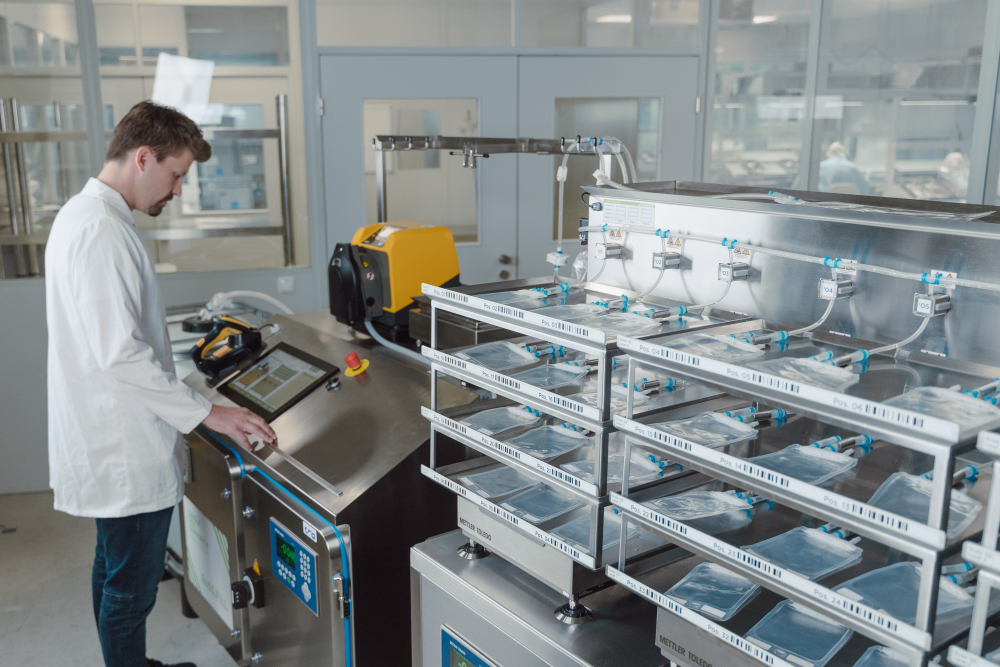
Expertise with single-use technology in viral vector manufacturing
With a high level of expertise in the implementation of single-use technologies in bioprocessing, Single Use Support provides innovative and scalable solutions to streamline viral vector manufacturing.
The process solution provider’s fluid management platform is fully automated, capable of aliquoting large amounts of liquids in a safe and precise, cGMP-compliant manner. It helps reduce product loss when filling viral vectors into single-use bioprocessing containers in different sizes, where the viral vectors can subsequently be frozen using the innovative plate freezing technique of RoSS.pFTU. This freeze/thaw platform is able to freeze biologics down to -80 °C at unprecedented fast and controlled cooling rates, which helps to reduce viability limitations such as with the occurrence of cryoconcentration.
In order to further maintain product quality and effectiveness, viral vectors are then stored and shipped at ultra-low temperatures. Here, RoSS.ULTF comes into play: The ULT freezer fills the gap between small lab-scale freezers and spacious cold rooms, initially often too large. All vendor-agnostic solutions from Single Use Support are easily scalable and therefore another puzzle-piece in pushing progress in viral vector manufacturing.
Further articles about viral vector manufacturing
Learn more about navigating these 5 overlooked challenges in Viral Vector Manufacturing with regards to fluid management challenges:
- Scalability in Cell Line Development
- Accuracy in Bag Aliquoting
- Viscosity and Homogeneity in Liquid Transfer
- Product Viability after Freezing & Thawing
- Bag Breakages in viral vector storage and shipping
- Viral vector platforms within the gene therapy landscape, http://dx.doi.org/10.1038/s41392-021-00487-6, Published 2021-02-08
- The Next Generation of Cell Factories for Viral Vector Production, https://www.genengnews.com/insights/the-next-generation-of-cell-factories-for-viral-vector-production/, Published
- Viral vector platforms within the gene therapy landscape, http://dx.doi.org/10.1038/s41392-021-00487-6, Published 2021-02-08
- Challenges in downstream purification of gene therapy viral vectors, http://dx.doi.org/10.1016/j.coche.2021.100780, Published 2021-12-28
- Viral Vector Characterization: A Look at Analytical Tools, https://cellculturedish.com/viral-vector-characterization-analytical-tools/, Published 2018
- Challenges in Vector Purification for Gene Therapy, https://www.biopharminternational.com/view/challenges-vector-purification-gene-therapy, Published
- The Next Generation of Cell Factories for Viral Vector Production, https://www.genengnews.com/insights/the-next-generation-of-cell-factories-for-viral-vector-production/, Published 2021



